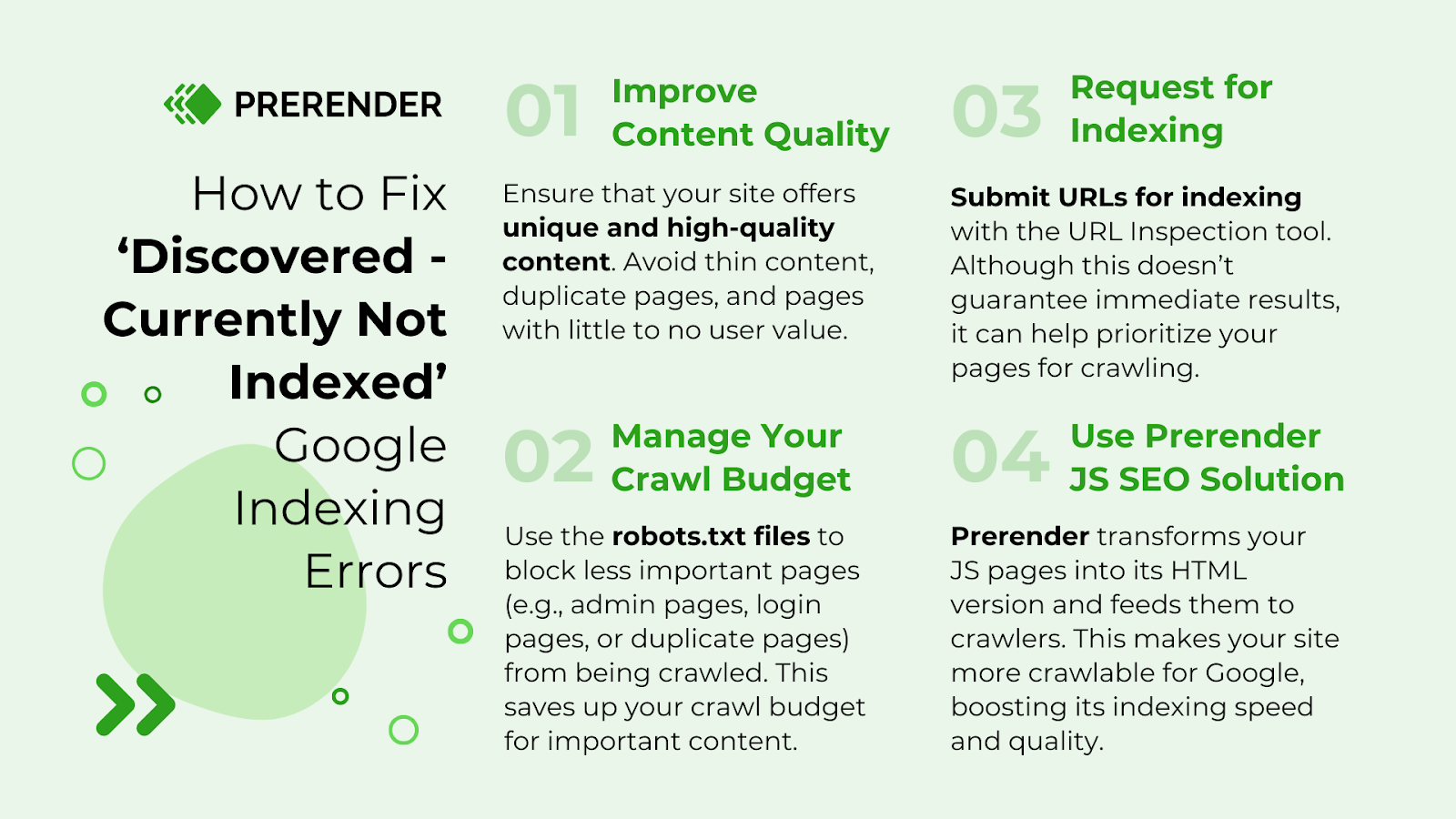Have you ever wondered why some pages on your website don’t get much love from search engines? It might be because they have thin content. Thin content is a term used to describe web pages with little or no value to the user. This can hurt your site’s SEO and rankings. But don’t worry! In this post, we’ll explore simple steps to handle indexed pages with thin content. Let’s dive in!
Table of Contents

What is Thin Content?
Thin content refers to pages that don’t provide much information. These might be pages with only a few sentences or duplicated content. Search engines like Google prefer pages that offer valuable information to users. So, it’s important to fix thin content to improve your site’s SEO.
Why is Fixing Thin Content Important?
Fixing thin content is crucial for several reasons. First, it can help improve your website’s search engine rankings. Second, it enhances the user experience by providing valuable information. Lastly, it can increase your site’s credibility and trustworthiness.
Steps to Handle Indexed Pages with Thin Content
1. Identify Thin Content Pages
The first step is to find the pages with thin content. You can use tools like Google Analytics or Google Search Console to help with this. Look for pages with low engagement or that don’t rank well.
2. Analyze The Content
Once you’ve identified thin content pages, take a closer look at them. Ask yourself why these pages don’t provide value. Is it because the content is too short? Or maybe it’s duplicated elsewhere?
3. Decide On A Strategy
After analyzing the content, decide what to do with these pages. You might choose to update, merge, or even delete them. Your decision should be based on what’s best for your site and users.
4. Update The Content
If you decide to update the content, aim to make it valuable and relevant. Add more information, include images or videos, and make sure it’s engaging. This can help turn a thin page into a valuable resource.
5. Merge Similar Pages
Sometimes, you might have several pages with similar content. In this case, it’s a good idea to merge them into one comprehensive page. This can help avoid duplication and improve your site’s SEO.
6. Delete Unnecessary Pages
If a page doesn’t provide value and can’t be improved, consider deleting it. This can help clean up your site and improve the overall quality of your content.
7. Monitor Your Progress
After making changes, keep an eye on how these pages perform. Use tools like Google Analytics to track engagement and rankings. This can help you see if your efforts are paying off.
Tips for Preventing Thin Content in the Future
- Plan Your Content: Before creating new pages, think about what value they’ll provide. This can help ensure that each page is meaningful and useful.
- Focus on Quality: Always aim for high-quality content. This means well-researched, engaging, and informative pages.
- Avoid Duplication: Make sure each page is unique. Avoid duplicating content, as this can lead to thin content issues.

Frequently Asked Questions
What Is Thin Content On A Webpage?
Thin content refers to pages with little or no original, substantial, or valuable information for users, often not satisfying searcher intent.
How Does Thin Content Affect Seo?
Thin content can negatively impact a site’s SEO by reducing user engagement, increasing bounce rates, and potentially triggering Google’s quality algorithms.
Can Google Penalize For Thin Content?
Yes, Google may issue manual penalties or algorithmic demotions for sites with a prevalence of thin content, affecting search rankings.
How To Identify Pages With Thin Content?
Use tools like Google Analytics and Search Console to spot pages with high bounce rates, low engagement, or poor SEO performance, indicating thin content.
Conclusion
Handling indexed pages with thin content is essential for a healthy, SEO-friendly website. By identifying and improving these pages, you can enhance your site’s rankings, user experience, and credibility. Remember, it’s all about providing value to your users. With the right approach, you can turn thin content into a powerful asset for your website.
Now that you know how to tackle thin content, it’s time to get started. Use the steps and tips outlined in this post to improve your website today. Good luck!

